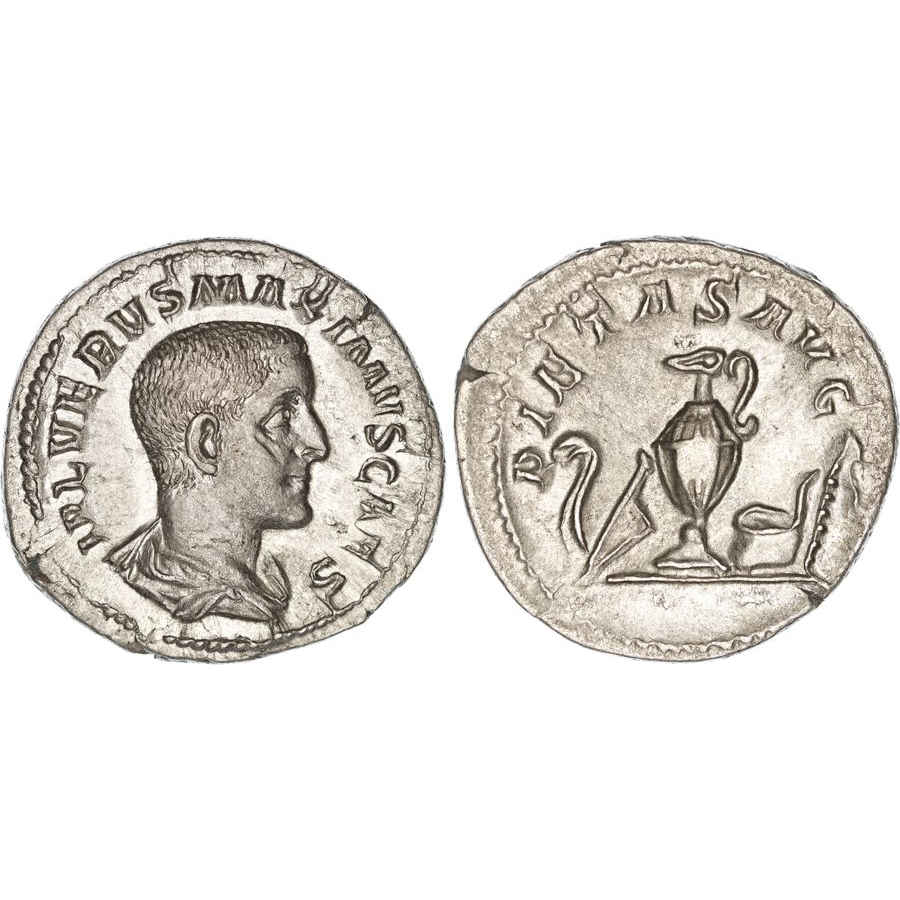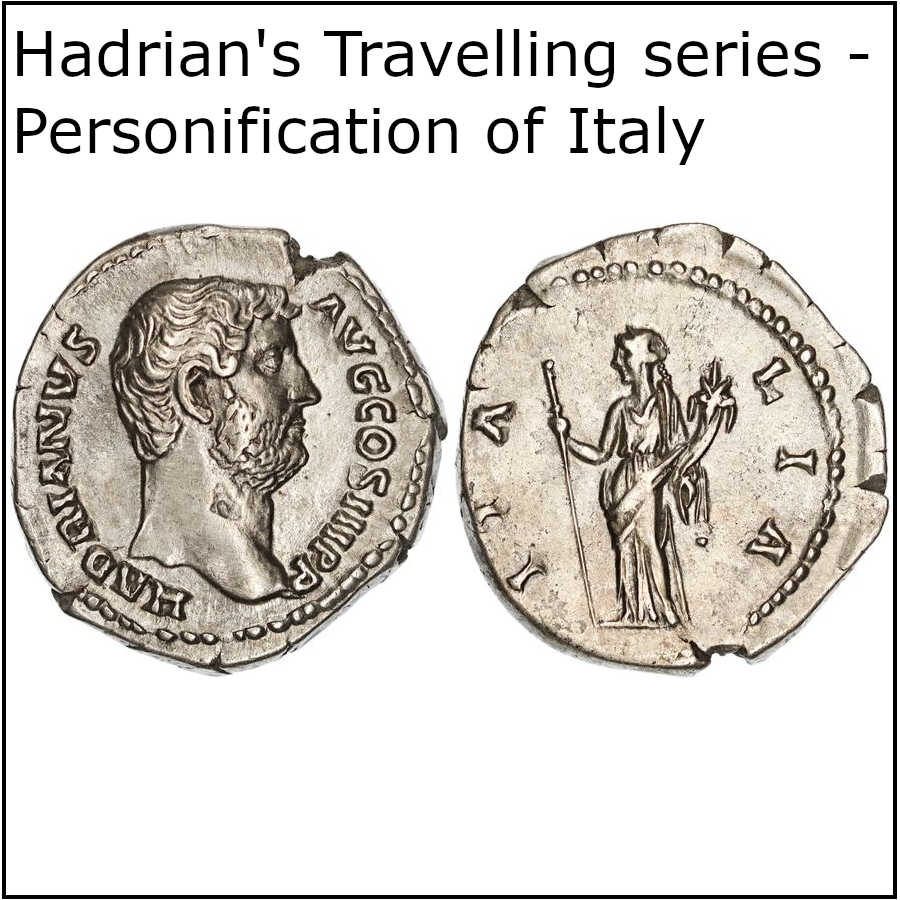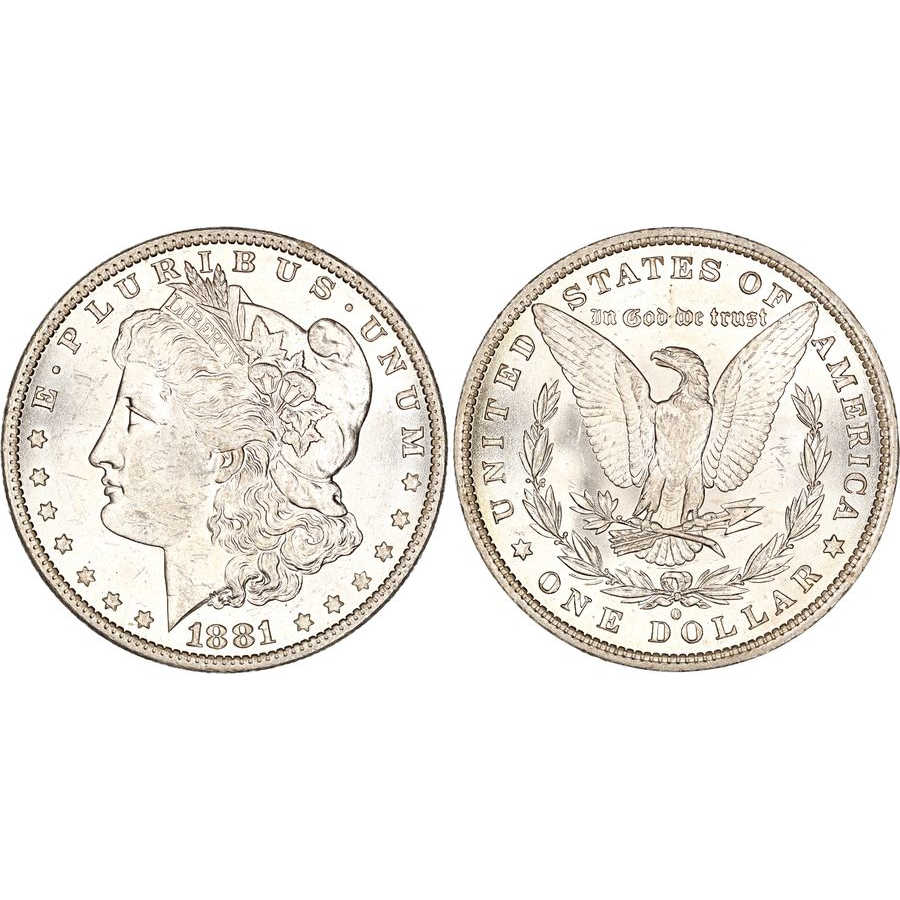Description
Spanish Empire, Mexico, Charles IV of the House of Bourbon-Anjou, King of Spain 1788-1808 AD, Silver 8 Reales (27.01g, 40mm), 1807 TH, Mexico City mint. Obverse: Laureate, draped and cuirassed bust of King Charles IV facing to the right, date below, legend surrounds, “·CAROLUS· IIII· DEI· GRATIA·”. Reverse: Royal Coat of Arms of the Kingdom of Spain, Pillars of Hercules type (1700-1868), legend surrounds with mintmark, denomination and assayer toward the end, “·HISPAN· ET IND· REX·”. KM-109. A decidedly sharp offering of the famous bust dollar of the Spanish Empire, struck in the penultimate year of its issue prior to Napoleon’s occupation, typical minor marks and light hairlines, details near Extremely Fine, reverse Extremely Fine, very similar to those graded AU58-MS60.
The obverse Latin legend reads “Carolus Quartus, Deī Grātiā”, with an English translation of “Charles the fourth, by the Grace of God”. The obverse legend continues onto the reverse and reads “Hispāniae et Indiae rēx”, with an English translation of “King of Spain and the Indies”.
The silver 8 Reales, also commonly known as the ‘Spanish Dollar’ or ‘Piece of 8’, is a coin minted by the Spanish Empire since 1497 and was widely used as the first international currency because of its uniformity in standard and milling characteristics. Due to this recognizability and high degree of circulation, the 8 Reales was one of the monetary denominations chosen by the Australian Proclamation of 1800 by Philip Gidley King, the Governor of New South Wales. In order to retain coinage within the Australian colony, each ‘Proclamation coin’ was given a high face value – the silver 8 reales was revalued to Five Shillings, the same face value as a silver crown within Great Britain, despite having less fine silver.






